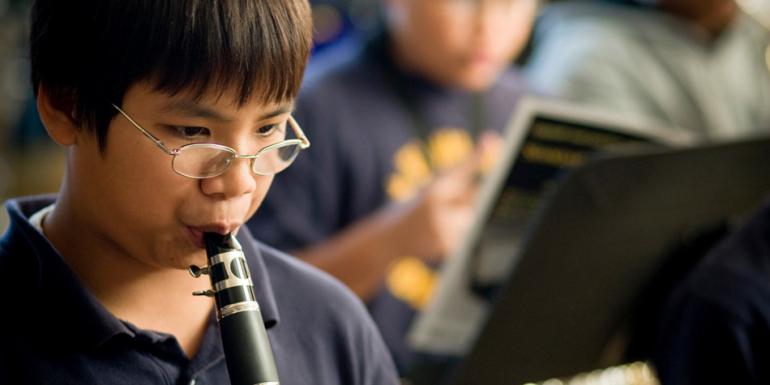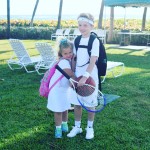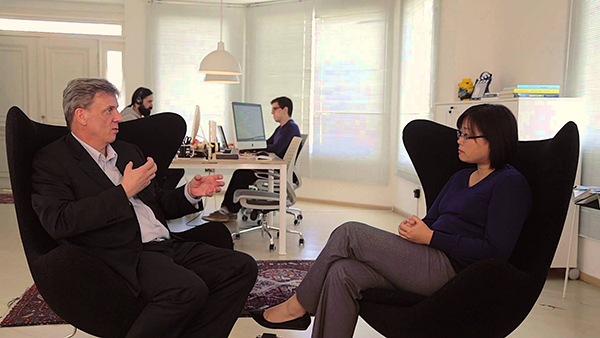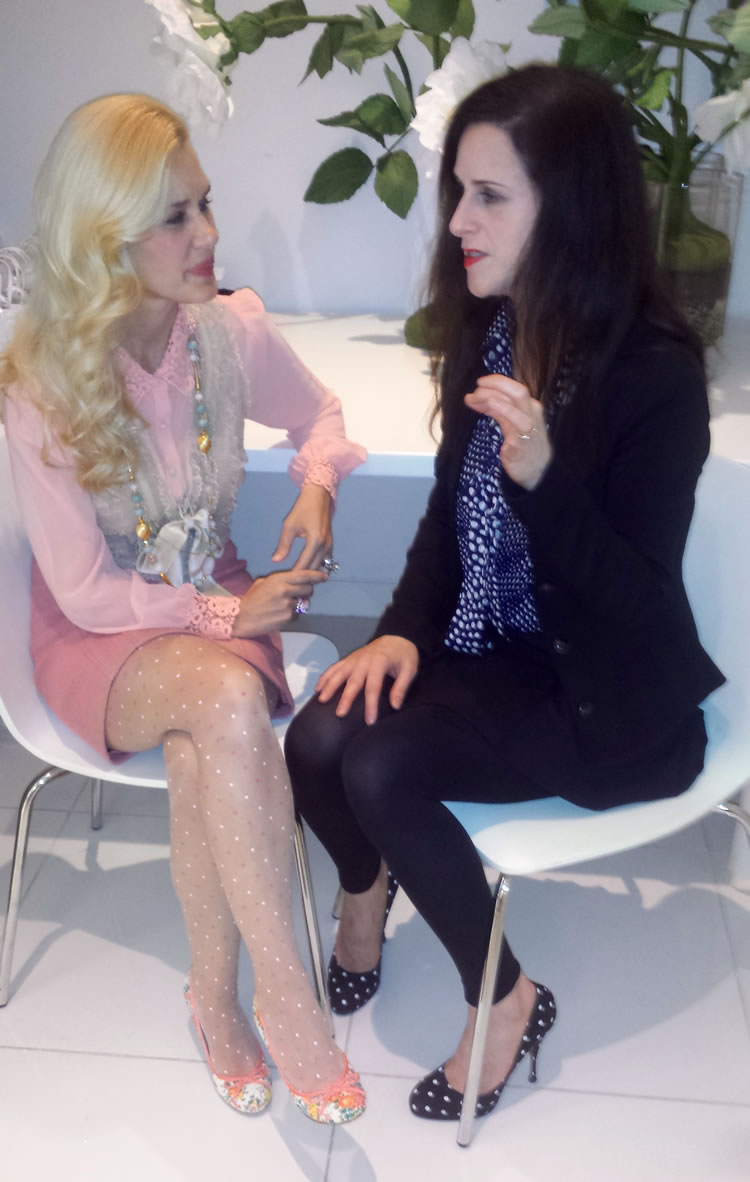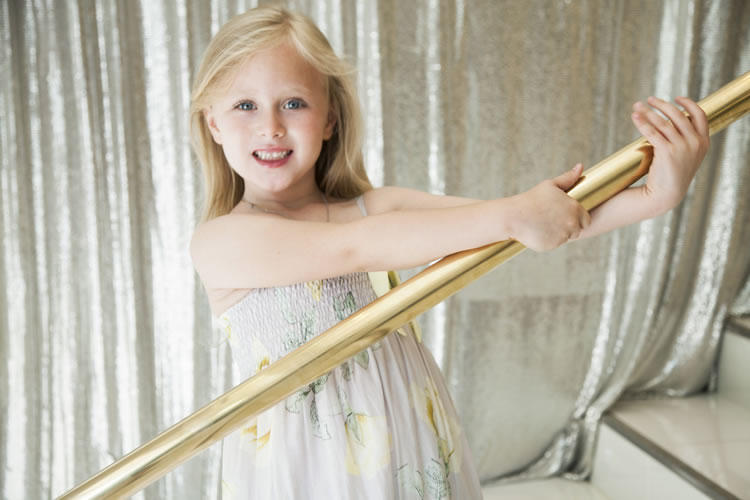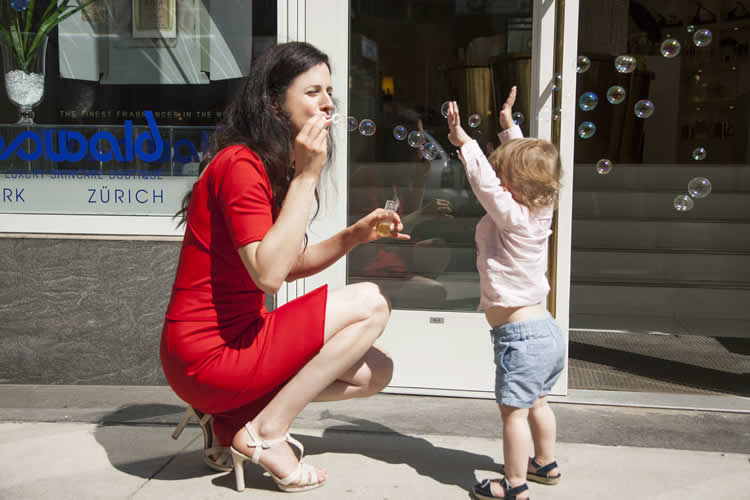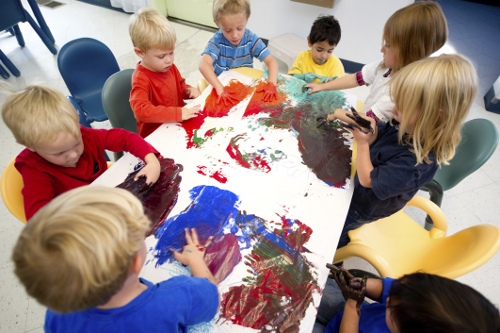
The great philosopher ( and possibly basketball coach ) Aristotle once said, “We are what we repeatedly do. Excellence, therefore is not an act, but a habit.”
I couldn’t agree more with this as I have always subscribed to the School of thought that James Allen so poetically penned in 1903 in his literary essay As A Man Thinketh…..A man is literally what he thinks, his character being the complete sum of all his thoughts.
Most little boy’s dream of being a professional athlete at some point in their life, mine wants to play for the NBA and Notre Dame…my son is 9, so the journey begins with hard work and dedication ….and a Great Coach. Jim Santoro is exactly this, as he is the Head Men’s Basketball Coach at Our Lady of Lourdes and Director of Edge Athletics Camp, Clinics and Programs. I remember the first time I saw him in action coaching the boys….the drills were extremely challenging and they were repeated multiple times, Jim made it look effortless as he demonstrated, however it was not.
Leadership, Knowledge, Motivation, Knows the Athlete, Consistency and Effective Communication Skills is where the line is drawn in the sand between good and great coaches. Jim possesess all of these traits and having raised four boys of his own in the very competitive arena of basketball knows how to handle the temperament of each child.
I applaud the dedication and long term vision Coaches have for their athletes and thank Jim for his commitment to children. We here at Old Fashioned Mom are proud to introduce Jim Santora as our 5th Celebrity Father!


Evan Sims, Christian Versaci, Hudson Heinemann and Friends.


1.What is the most challenging aspect of being a Coach?
Coaching presents many challenges at every age level and in every capacity. It is, therefore, hard to come up with the most challenging aspect, so I will offer up two. The first one is communicating to athletes in a way that creates a fun environment that gets them to want to work hard at improving their individual and collective team skills. Each athlete, regardless of age, is unique and has to be approached with whatever means is going to best motivate him or her to reach their full potential.
The second challenge is how to deal with parental concerns and how to best guide them. Parents generally have at least the one common goal of wanting the best for their child. As a coach of just not one team, but a director of an entire program, I find it very challenging helping parents “grow” as their child progresses from being a very young athlete to an athlete competing at higher levels. Helping parents manage the emotions of successes and failures of their own child, as well as their team, can be very difficult.
2.Please tell us about your children?
I am very blessed to have four children, all boys, and all are healthy and happy.
My oldest son, Rob, is married and works in Manhattan for a major law firm. He started his own company designing websites at age 12 and has always had a love for business and entrepreneurship. He attended Binghamton University as an undergraduate before obtaining his Juris Doctor Degree at the University of Buffalo. Rob and his wife, Amelia, just recently had their first child and my first grandson, Landon.
My second oldest, Chris, lives locally, and is a Partner with New York Life. Chris graduated from Nichols College where he got both his undergraduate degree in Sports Management and Masters in Business Administration. Prior to his current career, he worked for the New York Knicks, the Miami Heat, and the New Jersey Nets. He was, and still is, one of those happy go lucky guys that truly enjoys people and life. He is a very hard worker with a great personality and just a lot of fun to be around.
Kelby, my third child, just graduated from SUNY Oneonta this spring. He is probably the quietest of my four boys, at least until you get to know him. He has a very loyal personality and is similar to his older brother, Rob, in a lot of ways. Unsure of what’s up next after college, he is currently looking at different types of employment options. He loves to be by the water, whether it’s the ocean or the lake, and thoroughly enjoys hanging out with his brothers.
That leaves Kyle, my youngest son. Kyle transferred from SUNY Potsdam, but has not yet selected his next school. He has narrowed down his choices to several schools, where he will continue his basketball career while pursuing a business degree. He loves to compete and is also the daredevil in the family. Fast and wild are his thing. He attempted his first bungee jump at 6 but had to wait patiently until he was of legal age to sky dive at 18.
All four of my boys are very close and extremely competitive. They all played basketball for me at the high school level, and all played at the collegiate level in some capacity. They thoroughly enjoy being with each other and traveling together. I am very lucky to have four kids that were and remain so close as they grow older.
3. How would you describe yourself?
For as far back as I can remember, helping others succeed has been at my core. As a Big Brother and coach I have always worked with kids to help them to succeed. As a manager at IBM, my goal was to help employees advance their own careers. Aside from that, others tell me that I am fanatical, committed, have OCD, and sometimes even a little crazy!
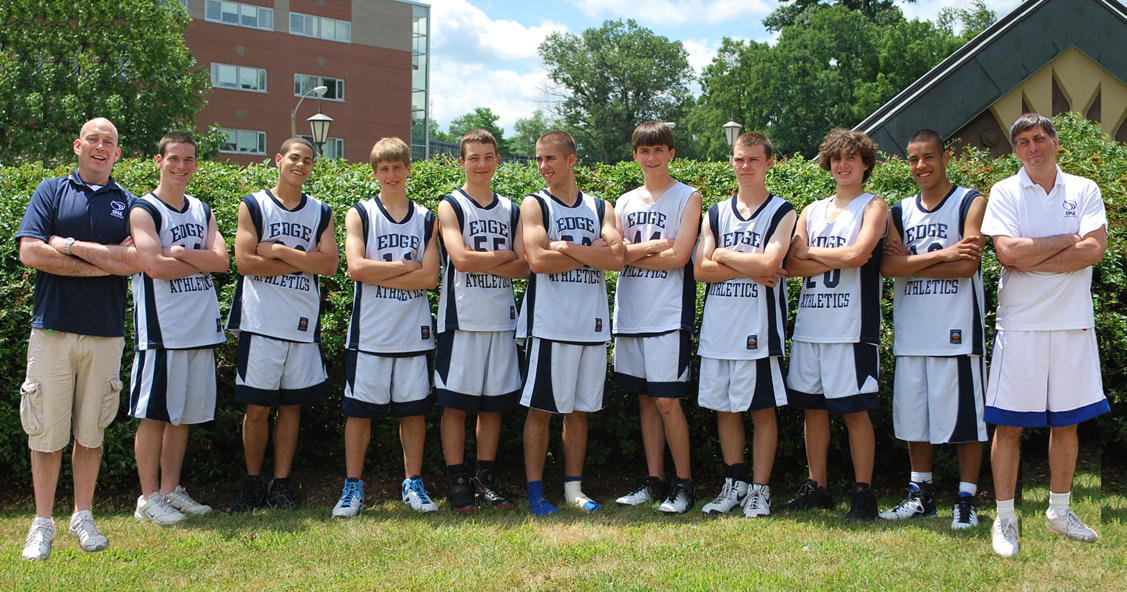
4. Do you feel athletic talent is created or some children are born with it?
I think both are true. There are many athletes that are born with the ability or “gift” that enables them to excel in their respective sport. But there are also those athletes that just simply work hard, and work hard for many years to develop their skill.
There is, however, a significant difference between the two. First, just because an athlete is born with certain genetics or traits that can’t be taught or acquired, does not mean that they will be exceptional athletes or that their talent will prevail. They still must invest countless hours to develop that talent and reach their maximum potential. Those athletes that reach the collegiate or professional level are generally highly committed and driven, traits that may not necessarily be part of that “gift.”
On the other hand, there are those athletes that can excel by simply committing and working hard at what they do. This, however, does not mean that working hard is a guarantee that an athlete will reach the level of success they desire to achieve. Sometimes, the hard work is simply just not enough.
What I believe to be absolutely true is that those athletes that commit themselves to work as hard as they can are more likely to reach whatever full potential that their mind and body are capable of achieving.
5. What is a typical day for you?
A typical day for me changes depending on the time of year. During the winter, I spend most of my time preparing my high school team to compete and succeed. During the spring, I am heavily engaged with the management of our youth basketball program that serves 8-17 year olds. In the summer, we switch gears a bit where I direct five weeks of camps. And in the fall, I spend countless hours helping student athletes with the college recruiting, selection, and application process.
In addition, on an all-year-round basis, I teach basketball skills to athletes of all ages and levels on a more personal one on one or small group basis.
In general, my day begins fairly early to get all of the administrative tasks out of the way unless, of course, its camp season where my days and nights are somewhat reversed. There are many tasks that have to be completed during the day including calls to college coaches, film review and scouting reports, practice preparations, and the planning and preparation that is required for the next season.
When that day’s work is done, I usually arrive at either the Our Lady of Lourdes or Poughkeepsie Day School gym by 3pm where I will spend the rest of the afternoon and evening coaching and teaching athletes, monitoring other teams’ practices, or consulting with parents.
6. Tell us about your basketball career and how you ended up in the coaching profession.
Although I started to play basketball in the 9th grade, I really didn’t invest any time into the sport until several years later. I did not play CYO or attend any camps. I made the junior high team as a freshman, Junior Varsity as a sophomore, and the Varsity as junior, basically because I was tall. At the end of my junior year, I became friends with an all-star athlete, Tom Emma, who eventually played for Duke University, the top Division I program in the country at the time.
Tom introduced me to the world of basketball and all of the hard work and commitment that went along with it to become successful. Spending countless hours, usually more than 8 hours a day during the summer, I remember burning through sneakers at a rate of a pair every two weeks. After a fairly successful senior year both from an individual and team perspective, the continued hard work earned me a spot playing for Clarkson University for the next four years. During the summers of my college years, I worked at many different overnight basketball camps. It was then that I knew that coaching would be a part of my life. I just did not realize at the time how big a part it would become.
My first job out of college was working for IBM in Poughkeepsie, New York, in August of 1982. It did not take long to get involved with coaching in the local CYO program where I coached a 6th grade team. Continuing to coach at the CYO level for the next four years was inevitable and led to my first high school position as the Junior Varsity coach at Our Lady of Lourdes. I was named the Varsity coach two years later and have been there ever since.
Although successful at IBM, achieving management status in three years, I knew that coaching and teaching young athletes was my passion. While working and advancing with IBM, I found myself spending more and more time, both physically and emotionally, with coaching. Edge Athletics was formed in 1996 as a small program with one team and incorporated as a not for profit in 2001. In 2007, after 25 years, I left IBM to run Edge Athletics and develop all-year programs on a full time basis. I remain the head Varsity coach at Lourdes and am heading into my 28th year.
7.What advice would you give young athletes today?
There are a few things that I tell young athletes to help them develop.
First and foremost, and simply put, they have to have fun. That might sound like something easy to do and even a little bit of a cliché, but excelling at sports is a complex process. If young athletes are not playing the sport because they love to play it and are not having fun playing it, then the rest of the process becomes even more complex and difficult. Unfortunately, the coach and the parents are key components for this to happen.
Next, and along the same lines, I stress to the athletes that they need to put in as much time – or as little time – as they want to. I try to ensure that each athlete recognizes what it takes to be successful, but at the end of the day it is the athlete that has to want to do it more than their parents want them to.
And then finally, I encourage the athletes to set realistic goals for themselves. It is okay to have a long term dream, but in order for athletes to improve, they must set realistic internal and measurable goals. Those goals can range from improving their shooting percentage, to earning a spot on a team, or earning a starting role on a team. Setting realistic measurable goals is a great way for young athletes to motivate themselves to work hard leading to self-confidence as they achieve them.
James C. Santoro
Director, Edge Athletics Camps, Clinics, and Programs
Head Men’s Basketball Coach, Our Lady of Lourdes High School




